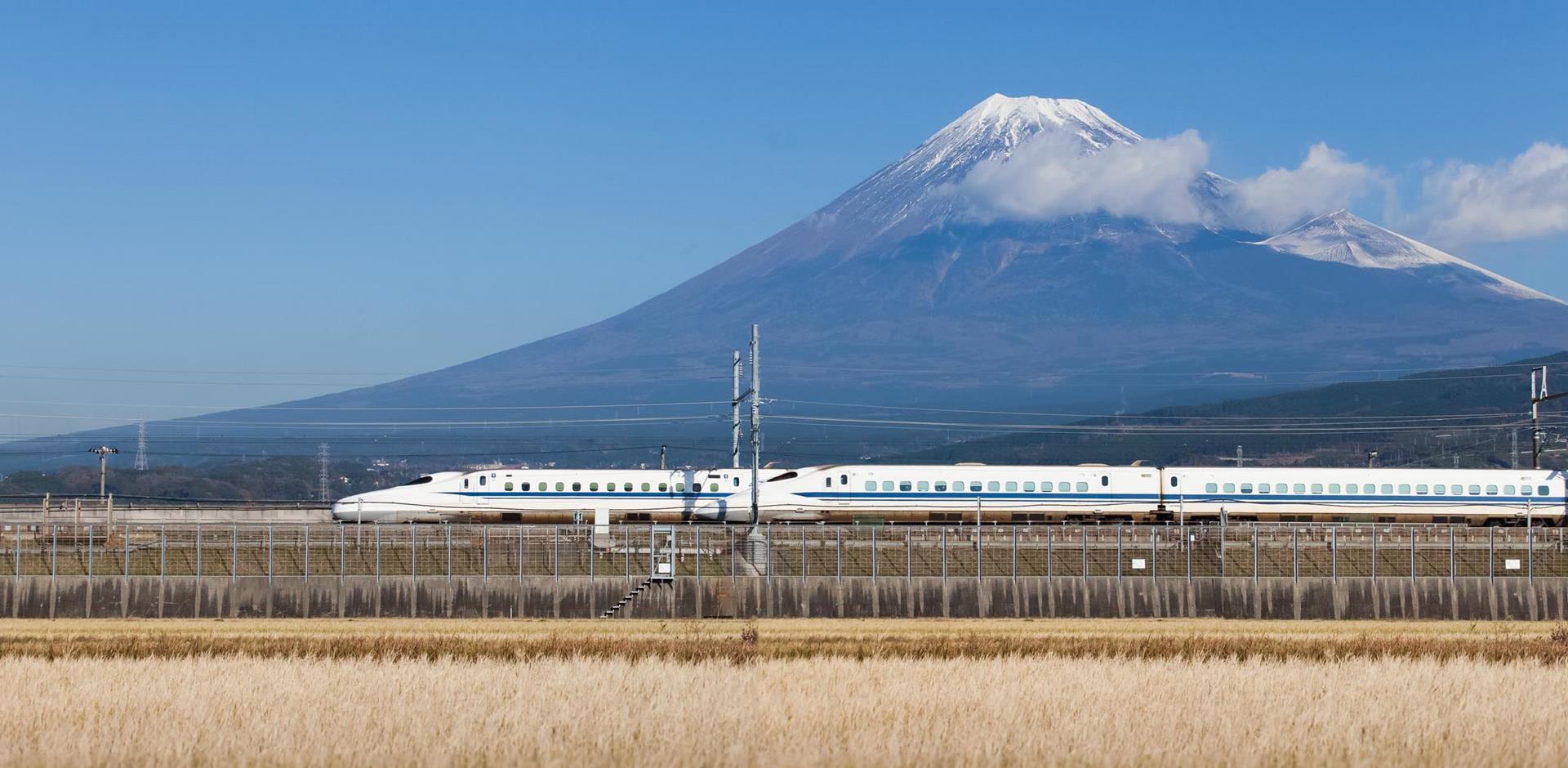
A guide to Japan's bullet train
Rebecca Bale provides her step-by-step guide for using Japan’s famous bullet train, from buying your ticket to boarding your carriage.
The shinkansen or bullet train in Japan is unlike any train you have ever been on and it is worth being prepared for its different rhythms. They run like clockwork, are ultra-modern, sleek and part of Japan’s fascination with innovation and efficiency. It’s important to understand the network which basically links the cities and regions of Honshu so don’t expect every train ride around Japan to be high velocity.
The train stations in Japan almost have their own language, despite many signs being in English as well as Japanese. Stations are busy, and trains are hardly ever late so give yourself plenty of time to be in the right place as well as soak up this unique atmosphere. Acclimatising to the organised chaos will actually help you find your way around far more quickly.
Here is our step by step guide to using the bullet train system.
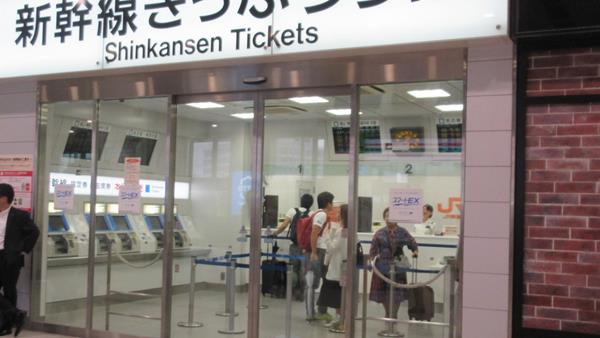
- Japanese bullet trains are simple to use and are always well signposted in English. But if you get stuck, people in Japan are always willing to help, and most people can speak some English now
- Always allow plenty of time to reach your platform. Shinjuku Station in Tokyo is the busiest train station in the world
- At your Japan orientation session, your guide will give you your tickets and seat reservations for your train journeys. Alternatively, if you have a Japan Rail (JR) Pass Voucher, your guide will also help you exchange your JR Pass and make seat reservations for your Japan trip
- The Japan Rail Pass allows you unlimited journeys on all JR Lines, including the shinkansen bullet trains (except for 'Nozomi' & 'Mizuho' category trains). We recommend this pass when you are taking multiple long rail journeys
- You can make or change seat reservations at the ticket offices near the bullet train ticket gates
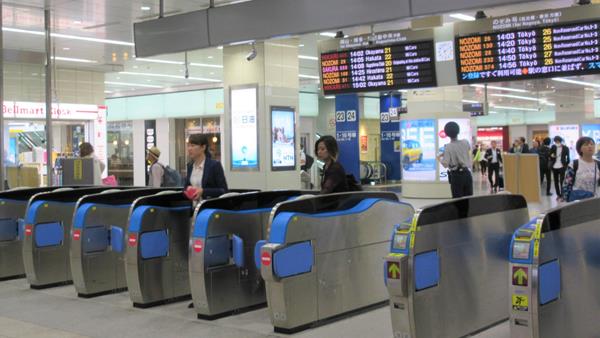
- If you have a JR Pass, show the pass and seat reservation ticket to the station staff at the side of the ticket gates. You might also have to show your passport
- If you don’t have a JR Pass, put your ticket and seat reservation in to the ticket gates and pass through. Sometimes the ticket and seat reservation are printed on two separate tickets, in this case put them both into the ticket gates at the same time
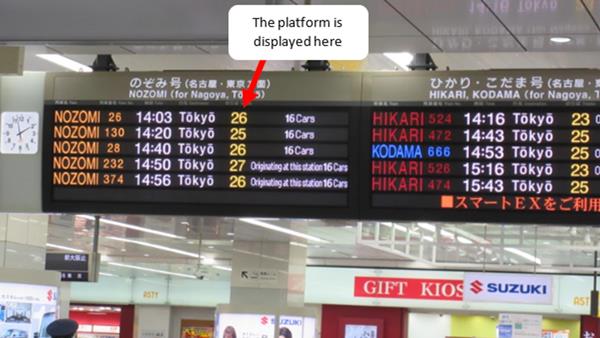
- Check your seat reservation ticket for the train name and departure time
- Check the boards for which platform you need. The boards switch between Japanese and English so be patient
- At the station you can buy lunch boxes called ekiben. These are a good way to try local food from that region
- Check your seat reservation ticket for which car you are in. The car numbers are labelled along the platform edge
- If you don’t have a reserved seat, check the board for which is car is for non-reserved seats
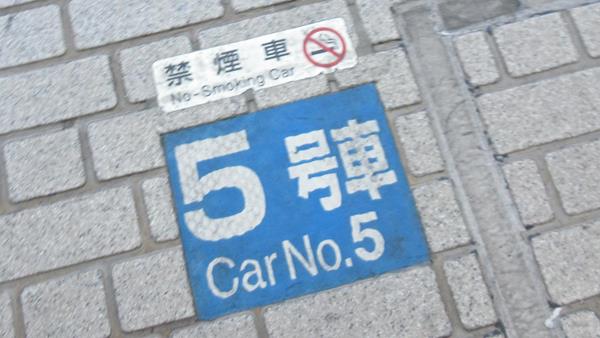
- On some bullet trains there is space to leave your luggage at the end of the car. There is also enough space to fit some suitcases on the overhead racks. However, A&K can offer luggage forwarding services between some destinations in Japan. Please ask your advisor/guide
- On bullet trains there are usually two or three seats either side of the aisle. You can turn your whole row of seats around, using a handle at the end of your row. This can be useful if you are a group of four or six people travelling together
- The display at the end of the car will show the name of the next station in Japanese and English when the train is approaching. There are also clear announcements in both Japanese and English
- When you leave the train, follow the yellow exit signs to the ticket gates. If you need a specific exit, there are usually maps that label which number exit is most convenient for where you are heading. These maps are usually found before exiting the ticket gates, but if in doubt head for a Central Exit
- Holiday Ideas
- Accommodation
- Holiday Ideas
Classic Japan 2024
Combining fantastic foodie experiences, remote natural retreats, and a chance to discover Japan’s historic and ultra-modern marvels, this diverse itinerary leads you to the heart of an extraordinarily unique country
Trek the Nakasendo way
Spend three days in the beautiful Kiso Valley, with a one-day hike along the Nakasendo Way. Discover Edo-period towns and bunk down in a ryokan
Cultural Japan
Experience Kyoto’s ancient and traditional Japanese culture when you dine with a maiko and enjoy a private tea ceremony
Explore Japan's foodie capital
Spend two nights exploring Japan’s culinary capital, Osaka. Unleash your appetite on street stalls and night markets and unravel Japan’s foodie culture
Wonders of Japan Cruise 2025
Experience fascinating Japan during springtime and autumn, with a chance to witness the country’s iconic cherry blossoms
The Colours of Japan
Japan is a kaleidoscope of natural beauty, elegant architecture and cultural wonders
- Accommodation
